Brazil is such a vast country that it is really difficult to do it justice with one visit, let alone one blog post. I was lucky to have 10 days in this magnificent country. We took four internal flights and covered a few thousand kilometres by road.
We started the Brazil leg of our Nuffield Global Focus Programme tour in Brasília, the capital city. There, we learned that Brazil is the third-largest agri-exporter in the world, after the US and EU. It is ranked number one for production and exports of sugar and coffee. It is also the biggest exporters of soyabeans and poultry.
Brazil is the second-largest producer and exporter of beef and ethanol globally. What is even more impressive is the speed of growth in this relatively young country. In 1993, Brazil’s share in world exports by volume was just 15% for soyabeans, 8% for sugar and 13% for poultry. Today, these figures are 41%, 47% and 34% respectively.
Leitissimo
One of the most inspirational dairy farmers that I have met in quite a long time is Kiwi dairy farmer and entrepreneur Simon Wallace. He met with us on our first night in Brazil and talked us through his story of Leitissimo dairy.
It all started 15 years ago when Simon was working with a cattle-exporting company that sparked an interest in Brazil. It was not an easy road. Land ownership for non-nationals is really hard to come by and the price of land in traditional dairying areas is prohibitive. So Simon looked further afield and settled on a place 250km north of Brasília.
The learning curve and the costs he faced were eye-watering. Some 22km of power lines and 30km of roads had to be installed, together with a New Zealand milking parlour and pivot irrigation system covering 55ha. After a lot of trial and error, sub-tropical grass varieties were established and Simon has not looked back since.
Grass growth over the winter months rarely drops below 80kg DM/day on the best farms and summer growth of 150kg DM/day are common. The stocking rate is settling around 10 cows/ha. The company now has five pivots and more than 35,000 head of cows, heifers and calves.
That is just the first part – the next bit is what to do with all that milk. That is where the Leitissimo story goes from good to great. Simon and his business partners built a UHT factory and because the milk is really good quality and high in solids with the best New Zealand genetics used, Leitissimo milk is sold as a premium product. They have plans to expand their range with yogurts and UHT milk pouches.
Farm visit
After two days in the city, we struck out in our minibus with a driver, as driving in Brazil is not for the faint-hearted. The cities are very busy and the driving is very aggressive. Out in the countryside, the further from the city you are, the worse the roads get. It was not uncommon for our driver to swerve across the road to avoid craters. Then, most of the minor roads are dirt tracks and it is not unusual to hear reports of articulated trucks and road trains stuck on a hill after a bit of rain.
Our first visit was to the family farm of Rubens Tonon, established 30 years ago. They farm 7,000ha in two blocks. Soyabean is the largest crop, followed by corn. The yard was very impressive, with 12,000t of grain storage and a huge workshop to rival any machinery dealer back home.
It is hard to comprehend the challenges they faced here in the early years. A very large stock of machinery parts needs to be kept on hand as the local dealer could be at least a day away and he may not have the part you need for a few weeks.
Clearing land
While touring Brazil, I was surprised to see a very green countryside. I had expected to find people clearing areas of bush with slash and burn techniques that would have been in the media spotlight in the distant past. This is no longer the case, nor has it been for some time.
Legislation states that 20% of every farm must be native bush. In the northern region of the country where the Amazon forestry is located, this must be at least 80%. In reality, very little farming takes place there. All the farmers we met were very aware of this and admit that plenty of mistakes were made in the past.
Soil fertility is a big issue in Brazil. Cleared land originally would have a pH as low as 4.2 and be very low in potassium. Too much lime applied at once locks up other elements, but there is now an understanding of how much lime and gypsum (which improves pH at lower soil levels) should be applied. It takes at least 15 years of cropping to get soil fertility to the required level.
No-till
One of the stand-out moments for me was a visit to Rogerio Pacheco, who hosted us for most of a day and showed us around his farm. Rogerio was one of the early adopters of no-till and for the last 12 years, he has drilled his crops directly into the stubble.
The main advantage, apart from the obvious labour and diesel savings, is the organic matter increase that it brings to the soil. He brought us out to a paddock to explain. The most noticeable thing is the amount of trash that is decomposing on the surface. Nature gets to work on this with earthworms that eat it up and bring the nutrients down to root level. A quick dig with his penknife showed us a wonderful eco system hard at work. He estimates that he has at least 22 worms per square metre.
Organic Brazil
Another great visit was to Eco Citrus in the south of Brazil (a two-hour flight south from Rio de Janeiro). Eco Cirtus is a co-operative with just 14 members and the focus of the group is organic orange juice, which sells at a premium 42c/l vs 13c/l for conventional juice.
The beauty of this integrated business is a large composting and biogas facility. It takes in waste from 180 other companies, as well as its own citrus waste. With a combination of time and high temperatures, it can produce organic compost for use on its own oranges. A win-win for sure, and it also charges a gate fee for disposing of the waste products.
Cosuel Co-op
While in southern Brazil, we visited Cosuel, which is a dairy and pork co-op. It packs approximately 800,000l of milk per day. Quality is a major issue, with the average dairy farmer in this region supplying just 250 litres per day. The co-op is struggling to maintain supply as no young farmers are entering the sector.
Cosuel has a plan to merge around 15 farms into one large greenfield site and house the cows all year in an intensive system. Farmers can sell their cows on a live valuation for a shareholding in the new dairy. This dairy then buys forage crops from the farmers and best of all, Cosuel put up the capital for the top-range Delaval shed with robot milking.
The farmers still have to put in labour. Figures are not quite adding up yet for the dairy: capital costs were in excess of $5,000 per cow, while inputs are expensive, not helped by the high cost of transport, which can add 30% to the production cost.
Agricultural powerhouse
There is no doubt that Brazil will become more and more of an agricultural powerhouse, but there are a number of things that need to come right. Firstly, political stability and an end to corruption; secondly, the roads, rail and sea port infrastucture all need huge investment, as does the power network; thirdly, there is the need to invest in education.
One great quote I heard on my travels was that “Brazilians always say we are the land of the future, and always will be”. I really think Brazil will be the land of the future. There are great opportunities in this country. For example, a novel cropping rotation is being integrated with livestock; set soya in October, harvest it in February, then plant corn and undersow with grass, harvest the corn in July and after two weeks there should be a crop of grass to graze until planting soya again in October. That is three crops per year.
The final leg of our Nuffield tour will take us to New Zealand. Keep up to date with my progress on twitter @boruafarmer.
Read more
Read about Tom’s journey so far here.
Full coverage: agriculture in Brazil
Brazil is such a vast country that it is really difficult to do it justice with one visit, let alone one blog post. I was lucky to have 10 days in this magnificent country. We took four internal flights and covered a few thousand kilometres by road.
We started the Brazil leg of our Nuffield Global Focus Programme tour in Brasília, the capital city. There, we learned that Brazil is the third-largest agri-exporter in the world, after the US and EU. It is ranked number one for production and exports of sugar and coffee. It is also the biggest exporters of soyabeans and poultry.
Brazil is the second-largest producer and exporter of beef and ethanol globally. What is even more impressive is the speed of growth in this relatively young country. In 1993, Brazil’s share in world exports by volume was just 15% for soyabeans, 8% for sugar and 13% for poultry. Today, these figures are 41%, 47% and 34% respectively.
Leitissimo
One of the most inspirational dairy farmers that I have met in quite a long time is Kiwi dairy farmer and entrepreneur Simon Wallace. He met with us on our first night in Brazil and talked us through his story of Leitissimo dairy.
It all started 15 years ago when Simon was working with a cattle-exporting company that sparked an interest in Brazil. It was not an easy road. Land ownership for non-nationals is really hard to come by and the price of land in traditional dairying areas is prohibitive. So Simon looked further afield and settled on a place 250km north of Brasília.
The learning curve and the costs he faced were eye-watering. Some 22km of power lines and 30km of roads had to be installed, together with a New Zealand milking parlour and pivot irrigation system covering 55ha. After a lot of trial and error, sub-tropical grass varieties were established and Simon has not looked back since.
Grass growth over the winter months rarely drops below 80kg DM/day on the best farms and summer growth of 150kg DM/day are common. The stocking rate is settling around 10 cows/ha. The company now has five pivots and more than 35,000 head of cows, heifers and calves.
That is just the first part – the next bit is what to do with all that milk. That is where the Leitissimo story goes from good to great. Simon and his business partners built a UHT factory and because the milk is really good quality and high in solids with the best New Zealand genetics used, Leitissimo milk is sold as a premium product. They have plans to expand their range with yogurts and UHT milk pouches.
Farm visit
After two days in the city, we struck out in our minibus with a driver, as driving in Brazil is not for the faint-hearted. The cities are very busy and the driving is very aggressive. Out in the countryside, the further from the city you are, the worse the roads get. It was not uncommon for our driver to swerve across the road to avoid craters. Then, most of the minor roads are dirt tracks and it is not unusual to hear reports of articulated trucks and road trains stuck on a hill after a bit of rain.
Our first visit was to the family farm of Rubens Tonon, established 30 years ago. They farm 7,000ha in two blocks. Soyabean is the largest crop, followed by corn. The yard was very impressive, with 12,000t of grain storage and a huge workshop to rival any machinery dealer back home.
It is hard to comprehend the challenges they faced here in the early years. A very large stock of machinery parts needs to be kept on hand as the local dealer could be at least a day away and he may not have the part you need for a few weeks.
Clearing land
While touring Brazil, I was surprised to see a very green countryside. I had expected to find people clearing areas of bush with slash and burn techniques that would have been in the media spotlight in the distant past. This is no longer the case, nor has it been for some time.
Legislation states that 20% of every farm must be native bush. In the northern region of the country where the Amazon forestry is located, this must be at least 80%. In reality, very little farming takes place there. All the farmers we met were very aware of this and admit that plenty of mistakes were made in the past.
Soil fertility is a big issue in Brazil. Cleared land originally would have a pH as low as 4.2 and be very low in potassium. Too much lime applied at once locks up other elements, but there is now an understanding of how much lime and gypsum (which improves pH at lower soil levels) should be applied. It takes at least 15 years of cropping to get soil fertility to the required level.
No-till
One of the stand-out moments for me was a visit to Rogerio Pacheco, who hosted us for most of a day and showed us around his farm. Rogerio was one of the early adopters of no-till and for the last 12 years, he has drilled his crops directly into the stubble.
The main advantage, apart from the obvious labour and diesel savings, is the organic matter increase that it brings to the soil. He brought us out to a paddock to explain. The most noticeable thing is the amount of trash that is decomposing on the surface. Nature gets to work on this with earthworms that eat it up and bring the nutrients down to root level. A quick dig with his penknife showed us a wonderful eco system hard at work. He estimates that he has at least 22 worms per square metre.
Organic Brazil
Another great visit was to Eco Citrus in the south of Brazil (a two-hour flight south from Rio de Janeiro). Eco Cirtus is a co-operative with just 14 members and the focus of the group is organic orange juice, which sells at a premium 42c/l vs 13c/l for conventional juice.
The beauty of this integrated business is a large composting and biogas facility. It takes in waste from 180 other companies, as well as its own citrus waste. With a combination of time and high temperatures, it can produce organic compost for use on its own oranges. A win-win for sure, and it also charges a gate fee for disposing of the waste products.
Cosuel Co-op
While in southern Brazil, we visited Cosuel, which is a dairy and pork co-op. It packs approximately 800,000l of milk per day. Quality is a major issue, with the average dairy farmer in this region supplying just 250 litres per day. The co-op is struggling to maintain supply as no young farmers are entering the sector.
Cosuel has a plan to merge around 15 farms into one large greenfield site and house the cows all year in an intensive system. Farmers can sell their cows on a live valuation for a shareholding in the new dairy. This dairy then buys forage crops from the farmers and best of all, Cosuel put up the capital for the top-range Delaval shed with robot milking.
The farmers still have to put in labour. Figures are not quite adding up yet for the dairy: capital costs were in excess of $5,000 per cow, while inputs are expensive, not helped by the high cost of transport, which can add 30% to the production cost.
Agricultural powerhouse
There is no doubt that Brazil will become more and more of an agricultural powerhouse, but there are a number of things that need to come right. Firstly, political stability and an end to corruption; secondly, the roads, rail and sea port infrastucture all need huge investment, as does the power network; thirdly, there is the need to invest in education.
One great quote I heard on my travels was that “Brazilians always say we are the land of the future, and always will be”. I really think Brazil will be the land of the future. There are great opportunities in this country. For example, a novel cropping rotation is being integrated with livestock; set soya in October, harvest it in February, then plant corn and undersow with grass, harvest the corn in July and after two weeks there should be a crop of grass to graze until planting soya again in October. That is three crops per year.
The final leg of our Nuffield tour will take us to New Zealand. Keep up to date with my progress on twitter @boruafarmer.
Read more
Read about Tom’s journey so far here.
Full coverage: agriculture in Brazil











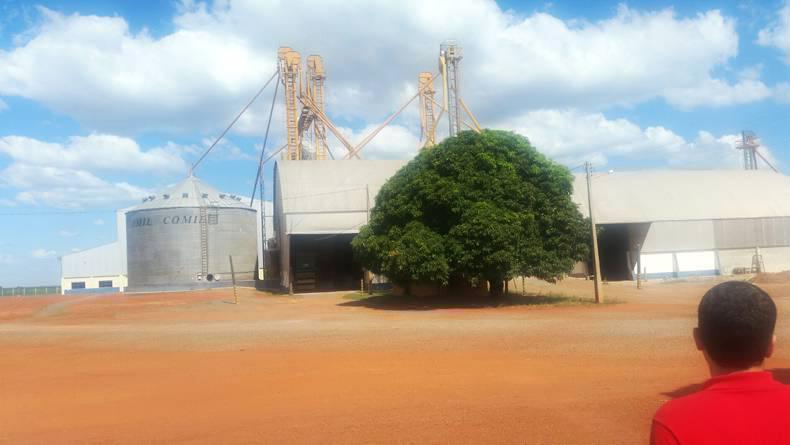
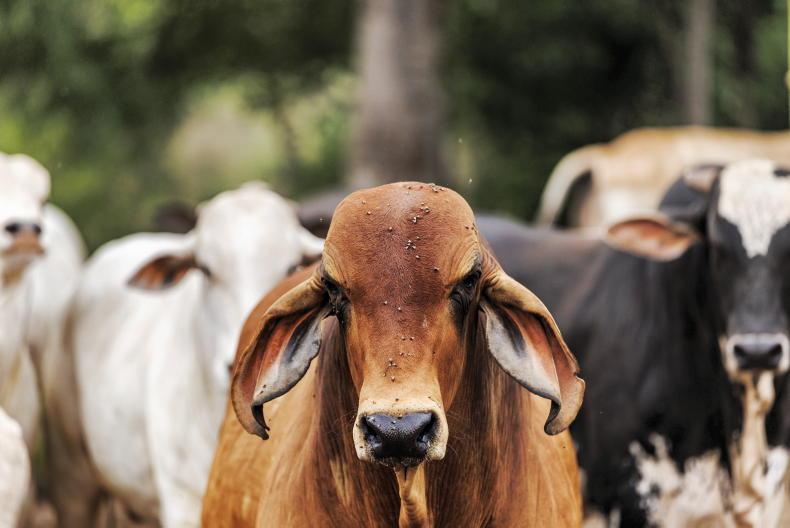
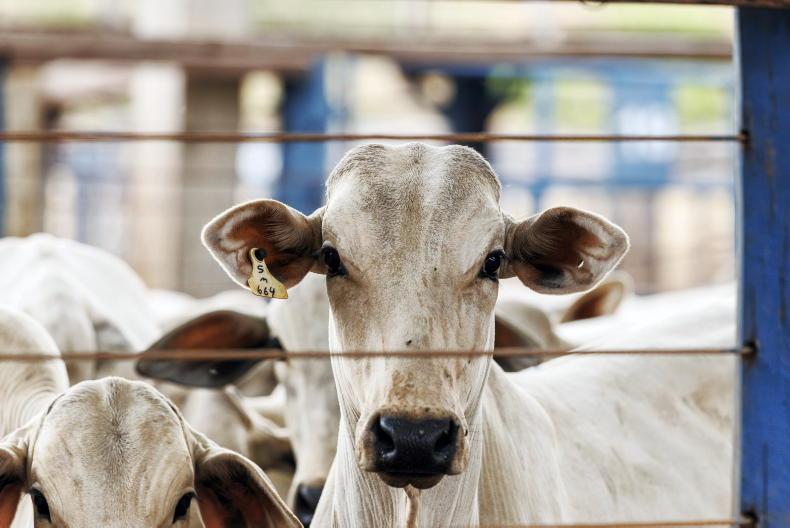
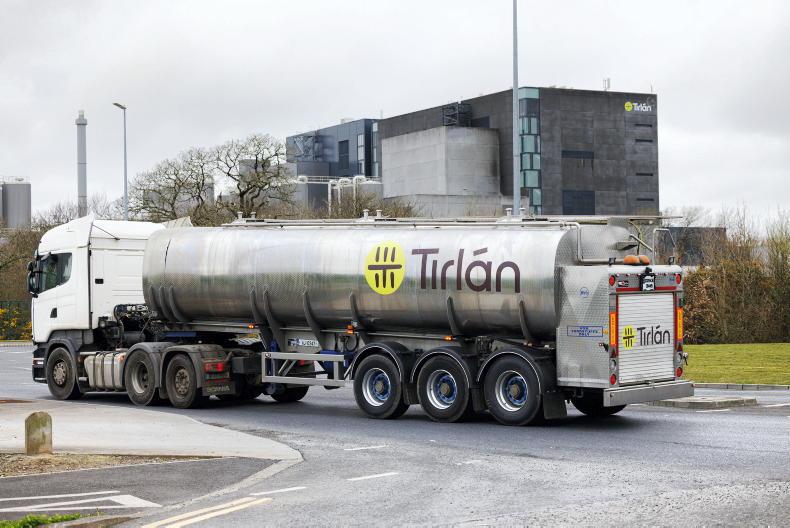
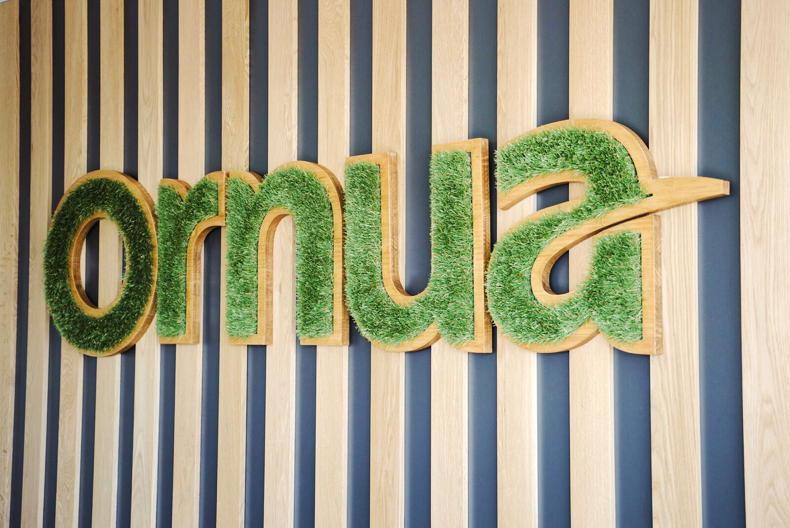
SHARING OPTIONS